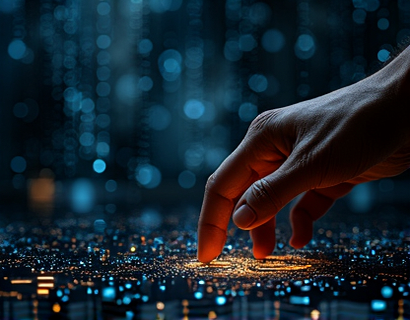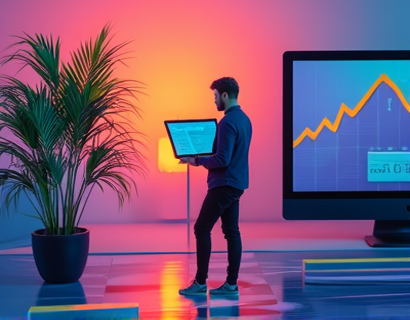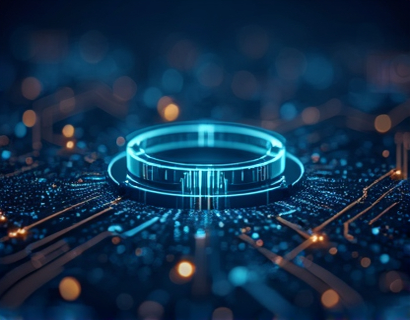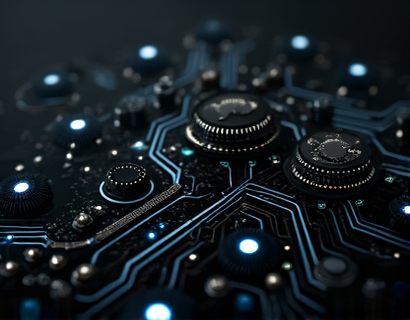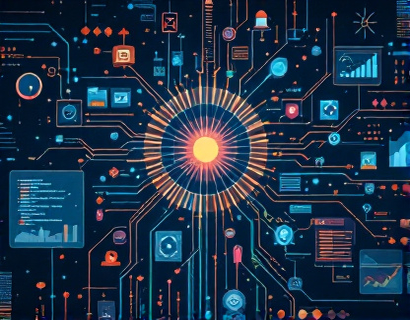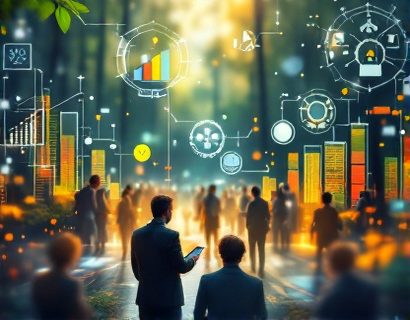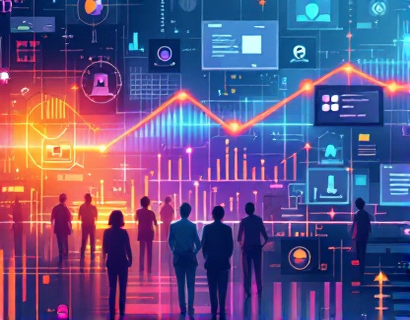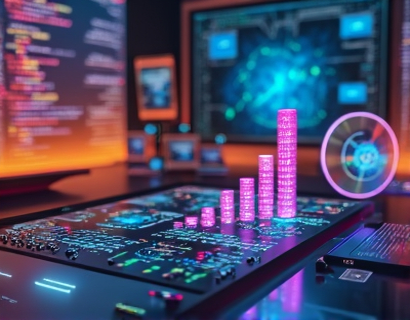AI-Driven Photography Insights: Safe, Interactive Learning for All Ages
In the digital age, photography has become an essential skill for many, whether for personal enjoyment, professional development, or educational purposes. With the advent of artificial intelligence (AI), learning photography has transformed into a more interactive and engaging experience. AI-driven platforms offer specialized insights and expert advice tailored for all ages, ensuring that everyone from young learners to seasoned professionals can enhance their photography skills in a safe and responsible manner.
The Role of AI in Photography Education
AI technology has revolutionized various fields, and photography is no exception. By leveraging machine learning algorithms, AI can analyze vast amounts of data to provide personalized feedback and insights. This capability allows users to learn at their own pace, receive tailored advice, and explore different aspects of photography that align with their interests and skill levels.
Interactive Learning Environment
One of the most significant advantages of AI-driven photography education is the creation of an interactive learning environment. Users can engage with an AI chat interface that provides real-time responses to their queries. This interaction fosters a dynamic learning experience, allowing users to ask questions, seek clarification, and receive expert tips instantly.
Child-Friendly Access
Safety is a paramount concern, especially when it comes to educational resources for children. AI-driven photography platforms prioritize this by offering verified content that is suitable for young learners. The child-friendly version of the platform ensures that the information provided is age-appropriate, making it a safe space for students to explore their creativity without exposure to harmful or inappropriate content.
Benefits of AI-Driven Photography Learning
AI-driven photography education offers numerous benefits that cater to a wide range of users, including professionals, enthusiasts, students, and young learners. Here are some of the key advantages:
- Personalized Learning: AI can assess a user’s skill level and learning style, providing customized content that meets their specific needs.
- Expert Insights: Users gain access to a wealth of knowledge from industry experts, including tips on composition, lighting, and editing techniques.
- Safe Learning Environment: Verified content ensures that all information is accurate and appropriate for users of all ages.
- Interactive Features: The chat interface allows for real-time interaction, making learning more engaging and effective.
- Accessibility: Users can access the platform from anywhere, making it convenient for those with busy schedules.
Exploring Photography Techniques
Photography encompasses a wide range of techniques and styles. AI-driven platforms can guide users through various aspects of photography, helping them to develop their skills in a structured manner. Here are some essential photography techniques that users can explore:
Composition
Understanding composition is fundamental to creating visually appealing photographs. AI platforms can provide insights into the rule of thirds, leading lines, and framing techniques. Users can learn how to arrange elements within the frame to create balance and harmony in their images.
Lighting
Lighting plays a crucial role in photography. AI-driven education can help users understand different lighting conditions, such as natural light, artificial light, and low-light scenarios. Users can receive tips on how to manipulate light to enhance their photographs, including the use of reflectors and diffusers.
Camera Settings
Learning how to use a camera effectively is essential for any photographer. AI platforms can explain various camera settings, including aperture, shutter speed, and ISO. Users can receive guidance on how to adjust these settings based on different shooting conditions, helping them to achieve the desired exposure and depth of field.
Post-Processing
Post-processing is an integral part of modern photography. AI-driven platforms can introduce users to editing software and techniques, providing tutorials on how to enhance images through cropping, color correction, and retouching. Users can learn how to bring their creative vision to life in the editing process.
Engaging with the Photography Community
Another significant advantage of AI-driven photography education is the opportunity to engage with a community of like-minded individuals. Users can connect with fellow photography enthusiasts, share their work, and receive constructive feedback. This sense of community fosters collaboration and encourages users to continue developing their skills.
Networking Opportunities
For professionals and aspiring photographers, networking is essential for career growth. AI platforms can facilitate connections with industry experts, mentors, and potential clients. Users can participate in forums, webinars, and workshops, expanding their knowledge and building valuable relationships within the photography community.
Showcasing Work
Many AI-driven platforms allow users to showcase their photography portfolios. This feature enables users to present their work to a broader audience, receive feedback, and gain recognition for their skills. Showcasing work can also lead to potential job opportunities and collaborations.
Safety and Verification of Content
In an age where misinformation can spread rapidly, the importance of verified content cannot be overstated. AI-driven photography platforms prioritize the accuracy and reliability of the information provided. Content is thoroughly vetted by experts, ensuring that users receive trustworthy guidance.
Child Safety Features
For younger users, safety features are crucial. AI platforms implement strict content moderation policies to protect children from inappropriate material. The child-friendly version of the platform includes educational resources that are specifically designed for young learners, promoting a safe and enriching learning experience.
Future of AI in Photography Education
The future of AI in photography education looks promising. As technology continues to evolve, we can expect even more innovative features and tools that enhance the learning experience. Here are some potential developments on the horizon:
Advanced Personalization
Future AI platforms may utilize advanced algorithms to provide even more personalized learning experiences. By analyzing user behavior and preferences, AI could offer tailored content that adapts to individual learning styles and goals.
Virtual Reality Integration
Virtual reality (VR) technology could revolutionize photography education by providing immersive learning experiences. Users may have the opportunity to practice photography in simulated environments, allowing them to experiment with different techniques and settings without the constraints of the real world.
Enhanced Community Features
As AI technology advances, community features may become more robust. Users could participate in collaborative projects, challenges, and competitions, fostering a sense of camaraderie and motivation within the photography community.
Conclusion
AI-driven photography education offers a transformative learning journey for individuals of all ages. With a focus on safety, verified content, and interactive features, these platforms provide a secure environment for users to explore their passion for photography. By leveraging the power of AI, learners can access expert insights, develop essential skills, and engage with a vibrant community of photography enthusiasts. As technology continues to evolve, the future of photography education looks bright, promising even more opportunities for growth and creativity.




